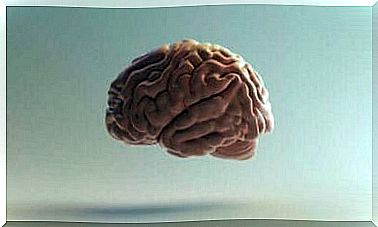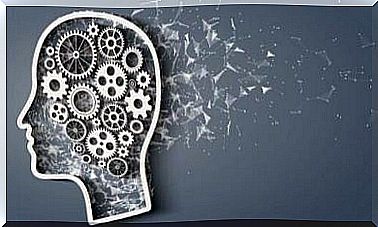Types Of Consumers: Which Are You?

There are different types of consumers, marketers know this well. And also those who work in the commercial sector. Sales strategies take these differences into account. This is why the products and campaigns are oriented to activate certain purchasing mechanisms based on the personality of the customers.
This fact is particularly evident on the internet. In this context, there are many mechanisms to detect and classify the behavior of different types of consumers. In this way, the offer is refined as the information is collected. The goal is only one: to make people buy more and more and at higher and higher prices.
Buying and feeling good about doing it isn’t a bad thing. What can be problematic is that they lead us to do it more often than is reasonable or that it is a behavior with which to cover other deficiencies that do not have to do with the product we buy, such as emotional ones. Or that they somehow push us to buy useless things, using the analysis of our behavior. That’s why it pays to be aware of how we shop. Below we present the most common types of consumers.
7 types of consumers
1. The one who buys only the best
According to a study conducted by the Euromonitor company , in this consumer group there are no gender differences in terms of the members that compose it. About half of the group is made up of men and the other half of women.
The average age is 35 and corresponds to 17% of the total number of consumers. They are confident, knowledgeable and cutting edge people with technology. They only buy what is advantageous to them in terms of social status. They buy nice and expensive things, even if they have to settle for fewer products.

2. The impulsive
Every seller’s dream. It is estimated that 52% of this segment is made up of women and 48% of men. The average age is 34 and their main characteristic is that they love shopping.
They are sociable, spontaneous and, of course, impulsive people. The magic word for them is “Offer”. Almost half of their purchases are made on the internet, particularly through smartphones. No more than a month goes by without buying something.
3. The balanced optimist
Corresponds to 20% of the sample studied by Euromonitor. 51% are women and 49% are men. They have an average age of 39 and their main characteristic is that they analyze their purchases well and do not get carried away by first impressions or advertising . They ask questions and try to get to the bottom.
This type of consumer is practical and safe. Evaluate the quality / price ratio and buy something only when you find a real benefit. He is disciplined in his debts and prefers not to have any.
4. The aspiring fighter
The main characteristic of these consumers is that they are distressed. They want their life to be better and associate that improvement with purchases. They make up 7% of buyers. 53% of this group is made up of women and the rest are men.
Their shopping habits are highly emotional. Sometimes they buy absolutely nothing, even if it’s the real deal. Other times, however, they may buy everything, even if it is expensive and they do not need. It all depends on their mood.

5. The home conservator
This group is the most “feminine” of all: 58% of this segment is made up of women. They correspond to 20% of buyers and have an average age of 44 years. Their main characteristic is that they think in terms of family.
Among the types of consumers, this is the most accurate. Whoever is part of it watches everything, no matter if they are not in step with the trends or if they do not have the latest electronic device. They only buy what they really need, when they need it. They are the least manipulable.
6. The independent skeptic
The most “male” group: 55% are men. They have an average age of 35, are very independent and claim to live life “their own way”. They are wary of commerce in general.
They correspond to 10% of consumers and there is one thing that strongly characterizes them: they hate shopping. They only buy a product when it is absolutely essential. In fact, they prefer to delegate purchases to others. Furthermore, the internet does not play an important role in their lives in terms of shopping.
7. The confident traditionalist
They make up 22% of consumers and it is another “male” group, since 58% of those who belong to it are men. Like the previous segment, they hate shopping. A real challenge for any seller.
Unlike the skeptics, the members of this group feel completely safe. They feel that their life takes place in the name of well – being. This is why they don’t live on shopping. They feel good about what they have.

All these types of consumers are carefully studied in the marketing departments, so that in many cases a differentiated offer is designed for each type. Ultimately, “the customer is always right” and specifically what marketing gurus are looking for are good strategies to get the information we seek based on our consumer profile… and in the end we buy.









